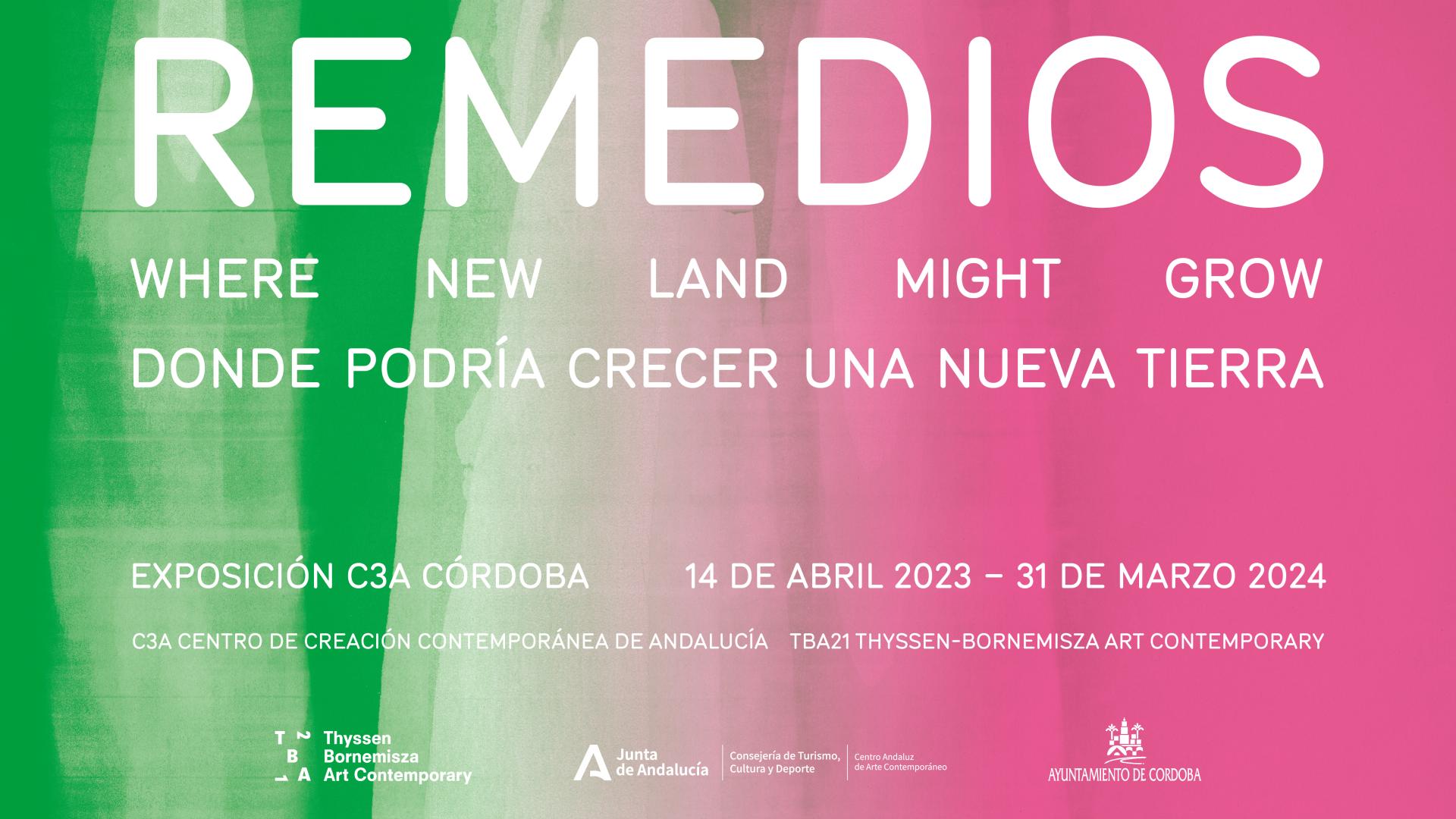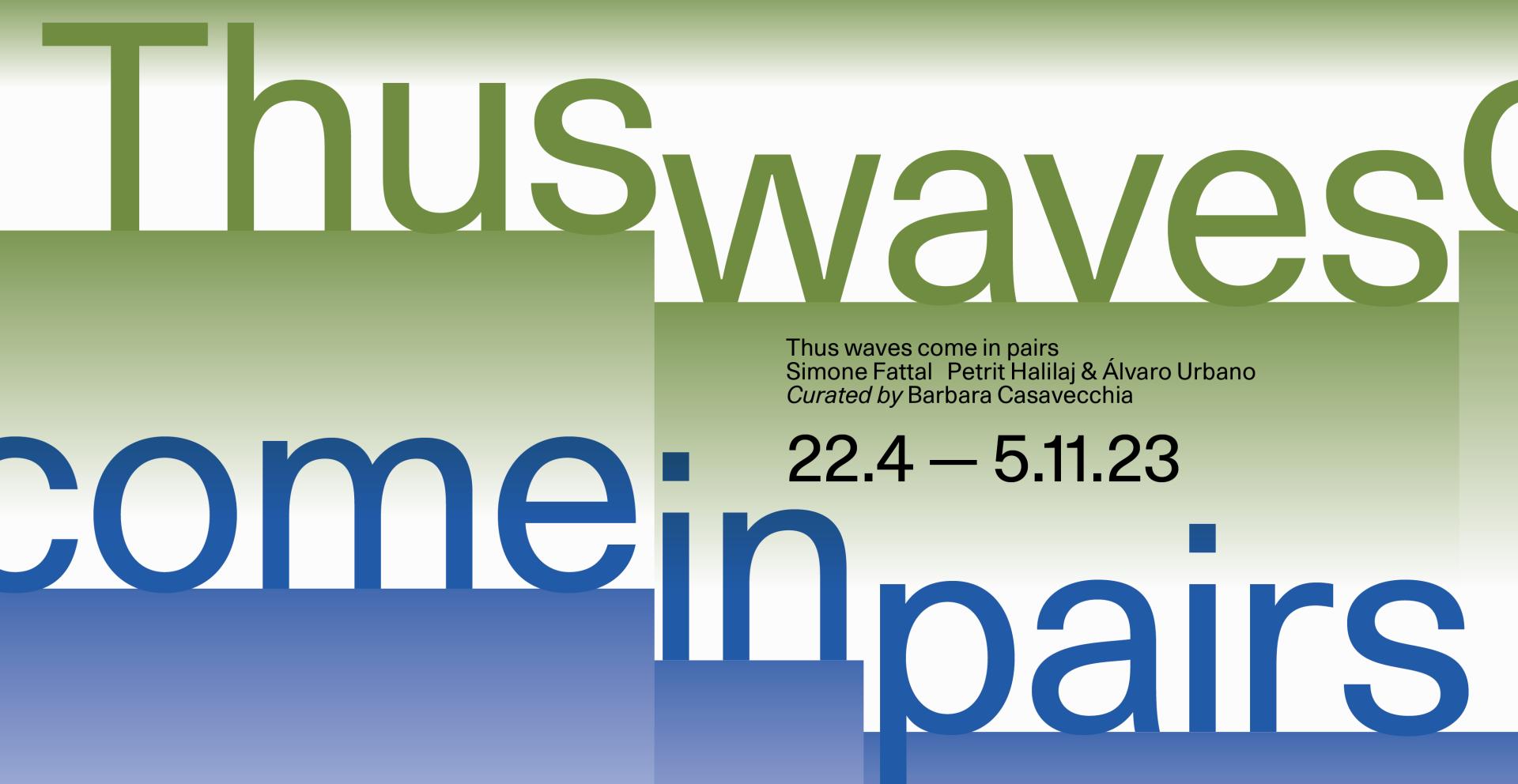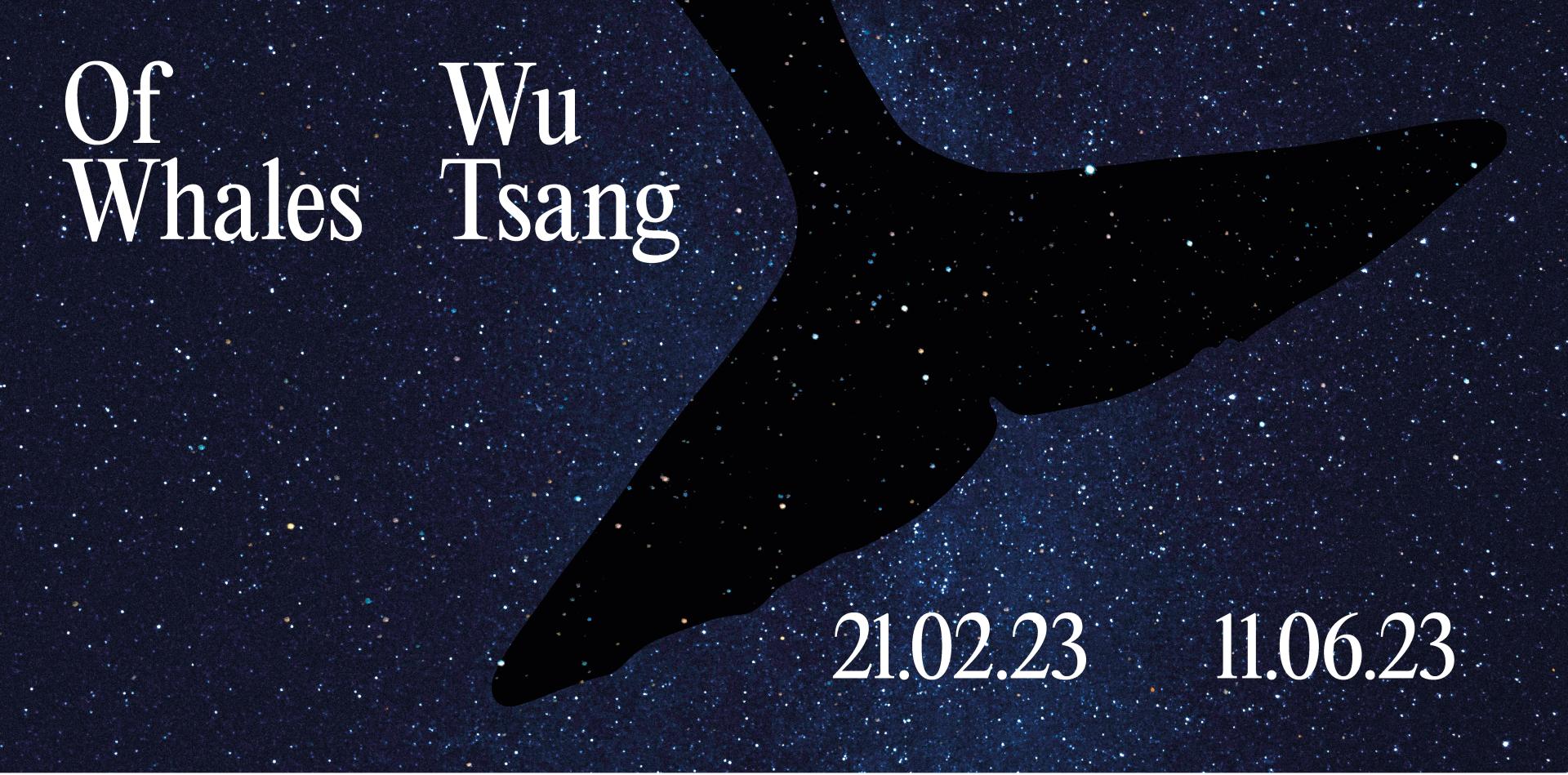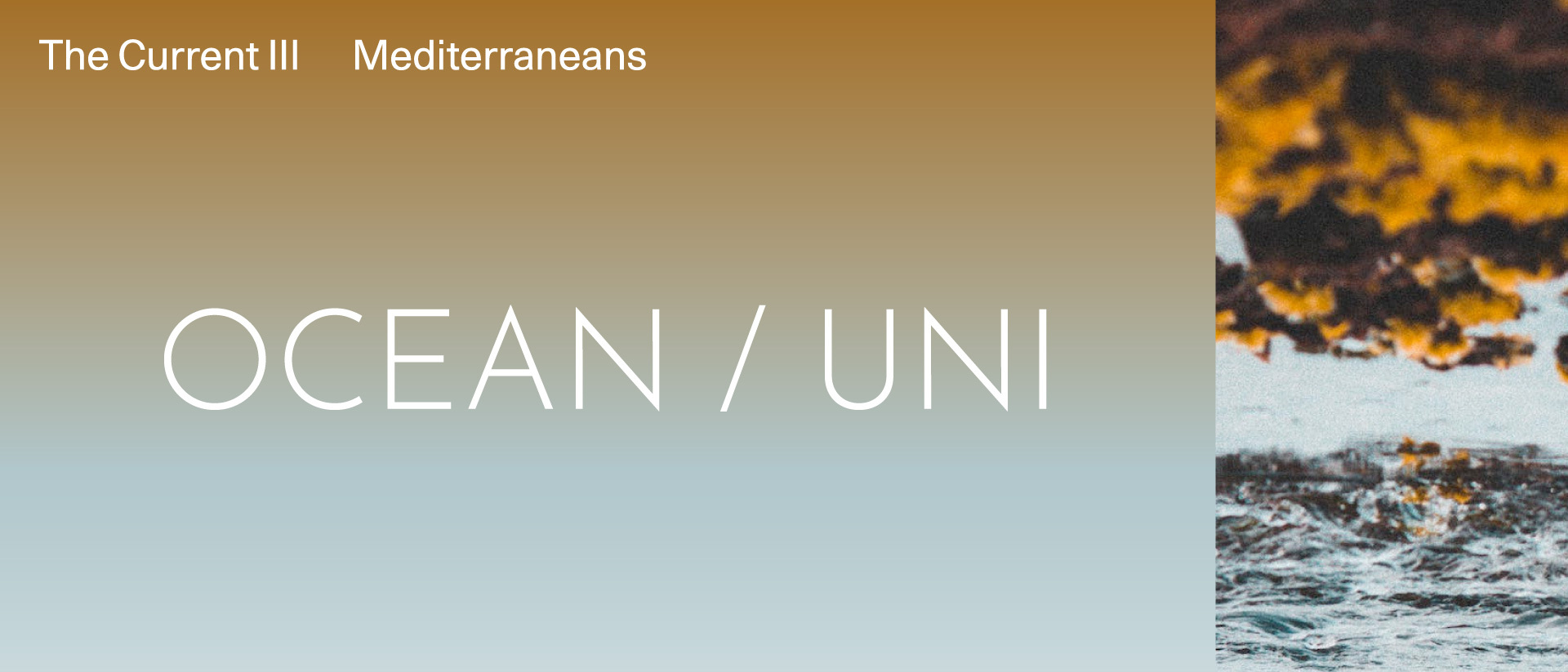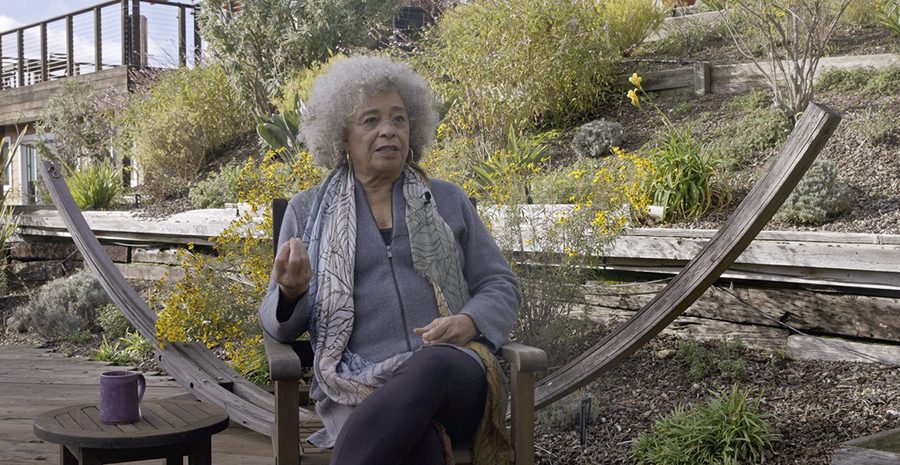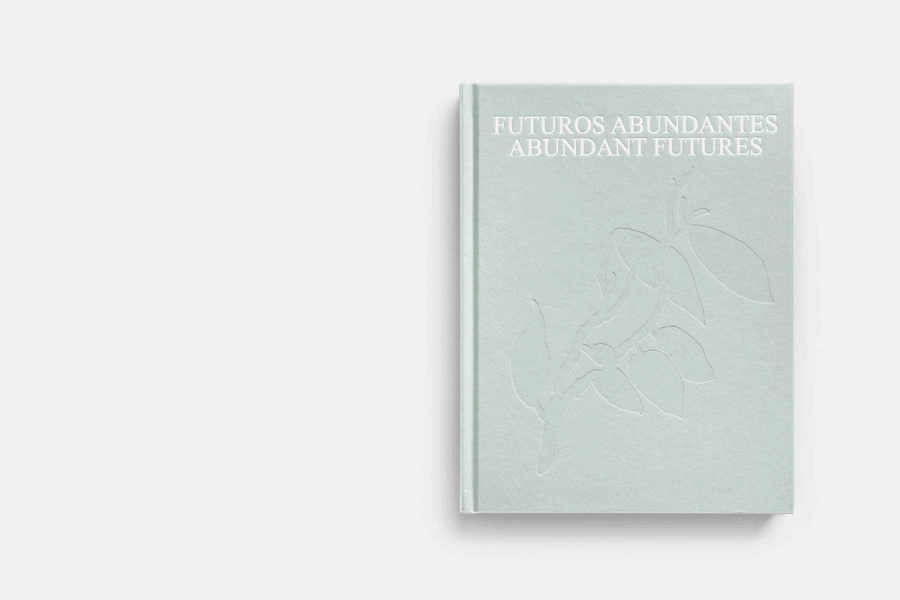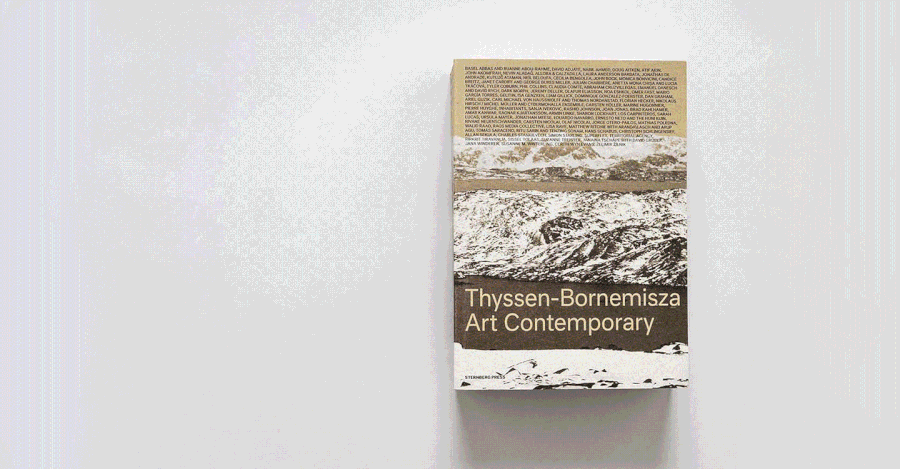Three Birds, Seven Stories, Interpolation and Bifurcations, 2007
Simon Starling

Installation view: Simon Starling in collaboration with SUPERFLEX – Reprototypes, Triangulations and Road Tests, Thyssen-Bornemisza Art Contemporary, Vienna, 2012. Photo: Jens Ziehe
Collection
21 Platinum/ palladium prints
The project draws on a number of different versions, both real and fictitious, of the same story - the story of a European architect being employed by a Maharajah to realise an ambitious building project in India. Central to the work is the "real-life" story of the German architect Eckart Muthesius, who was commissioned in 1929 to build a palace for the young Maharajah of Indore, Yeswant Rao Holkar (1908-1961). What Muthesius and his patron achieved was an ambitious "Gesamtkunstwerk" that represented the most innovative elements of European modernist design and technology in the 1930s and, accompanying a large number of original designs by Muthesius himself, included countless examples of avant-garde art and design from many of the most celebrated practitioners of the day - Le Corbusier, Eileen Gray, Marcel Breuer, Lily Reich, and Constantin Brancusi.
The story of Muthesius' involvement in India parallels very closely three versions of two films originally scripted in 1921 by Fritz Lang and Theo Von Harbou, "The Tiger of Eschnapur" and "The India Tomb". The first two of these films was directed by Joe May in Berlin and begins with an Indian Yogi master "teleporting" himself into the home of an architect and persuading him to sail to India to work for the Maharajah of Eschnapur. The subsequent re-workings of the films were made by Richard Eichberg during National Socialism in 1938 and then finally in 1959 by Fritz Lang himself. The last of these films was shot on location in Udaipur, Rajastan and Muthesius was brought in as a consultant on the film.
The 'three birds' of the exhibition's title refer to the "real-life" Maharajah's relationship with Constantin Brancusi that began in 1933 when the young prince acquired a bronze version of Bird in Space and the subsequent commissioning of two further Bird in Space sculptures in black marble and white marble, with the idea of bringing the three sculptures together in a meditation
temple.
One source of inspiration for the work was the extraordinary house built on a tiny sliver of land in the centre of Turin by the architect Alessandro Antonelli, (mid-nineteenth century) and known locally as Fetta di Polenta, (Slice of Polenta). This assertion-of-a-building, referenced in the 'seven stories' of the title, seems to exist as a virtual projection of an impossible structure rather than real bricks and mortar. Its repeated triangular floor plan in part takes the form of three marble sculptures in the work. The first of these, a rough-cut, quarried stone of now rare Belgian black marble of the type used by Brancusi, has been laser scanned and using a computer guided milling machine, its form replicated in two subsequent types of stone, an India black marble and finally an Italian white marble. This transference of form from one material to another, from one floor to another, marks a vertical passage through the Turin house from bottom to top.
This journey is accompanied by a series of photographic images and texts, the 'interpolations and bifurcations' of the title, interjections that will collapse the aspirational architecture and design onto each reference. These photographs include a number of images of a built reconstruction of one floor of the Turin house fabricated in Berlin - adding another layer of geographical shifts to the project - folding Indore back onto Berlin and in turn Berlin onto Turin. As such "Three birds, seven stories, interpolation and bifurcations" aims to chart the transference and translation of ideas and forms through time and space, from Berlin to India, from celluloid to brick and mortar, from the virtual model to the stone replica, from the first to the seventh floor.
*1967 in Epsom, United Kingdom | Living and working in Copenhagen, Denmark
The project draws on a number of different versions, both real and fictitious, of the same story - the story of a European architect being employed by a Maharajah to realise an ambitious building project in India. Central to the work is the "real-life" story of the German architect Eckart Muthesius, who was commissioned in 1929 to build a palace for the young Maharajah of Indore, Yeswant Rao Holkar (1908-1961). What Muthesius and his patron achieved was an ambitious "Gesamtkunstwerk" that represented the most innovative elements of European modernist design and technology in the 1930s and, accompanying a large number of original designs by Muthesius himself, included countless examples of avant-garde art and design from many of the most celebrated practitioners of the day - Le Corbusier, Eileen Gray, Marcel Breuer, Lily Reich, and Constantin Brancusi.
The story of Muthesius' involvement in India parallels very closely three versions of two films originally scripted in 1921 by Fritz Lang and Theo Von Harbou, "The Tiger of Eschnapur" and "The India Tomb". The first two of these films was directed by Joe May in Berlin and begins with an Indian Yogi master "teleporting" himself into the home of an architect and persuading him to sail to India to work for the Maharajah of Eschnapur. The subsequent re-workings of the films were made by Richard Eichberg during National Socialism in 1938 and then finally in 1959 by Fritz Lang himself. The last of these films was shot on location in Udaipur, Rajastan and Muthesius was brought in as a consultant on the film.
The 'three birds' of the exhibition's title refer to the "real-life" Maharajah's relationship with Constantin Brancusi that began in 1933 when the young prince acquired a bronze version of Bird in Space and the subsequent commissioning of two further Bird in Space sculptures in black marble and white marble, with the idea of bringing the three sculptures together in a meditation
temple.
One source of inspiration for the work was the extraordinary house built on a tiny sliver of land in the centre of Turin by the architect Alessandro Antonelli, (mid-nineteenth century) and known locally as Fetta di Polenta, (Slice of Polenta). This assertion-of-a-building, referenced in the 'seven stories' of the title, seems to exist as a virtual projection of an impossible structure rather than real bricks and mortar. Its repeated triangular floor plan in part takes the form of three marble sculptures in the work. The first of these, a rough-cut, quarried stone of now rare Belgian black marble of the type used by Brancusi, has been laser scanned and using a computer guided milling machine, its form replicated in two subsequent types of stone, an India black marble and finally an Italian white marble. This transference of form from one material to another, from one floor to another, marks a vertical passage through the Turin house from bottom to top.
This journey is accompanied by a series of photographic images and texts, the 'interpolations and bifurcations' of the title, interjections that will collapse the aspirational architecture and design onto each reference. These photographs include a number of images of a built reconstruction of one floor of the Turin house fabricated in Berlin - adding another layer of geographical shifts to the project - folding Indore back onto Berlin and in turn Berlin onto Turin. As such "Three birds, seven stories, interpolation and bifurcations" aims to chart the transference and translation of ideas and forms through time and space, from Berlin to India, from celluloid to brick and mortar, from the virtual model to the stone replica, from the first to the seventh floor.
*1967 in Epsom, United Kingdom | Living and working in Copenhagen, Denmark



